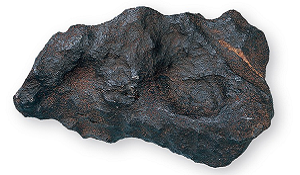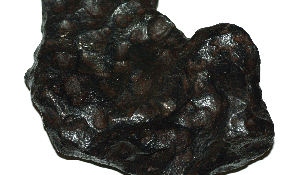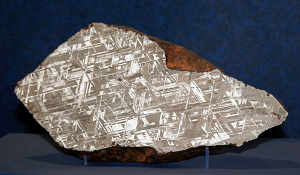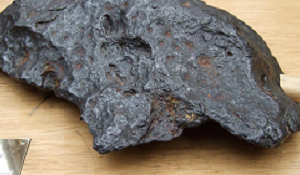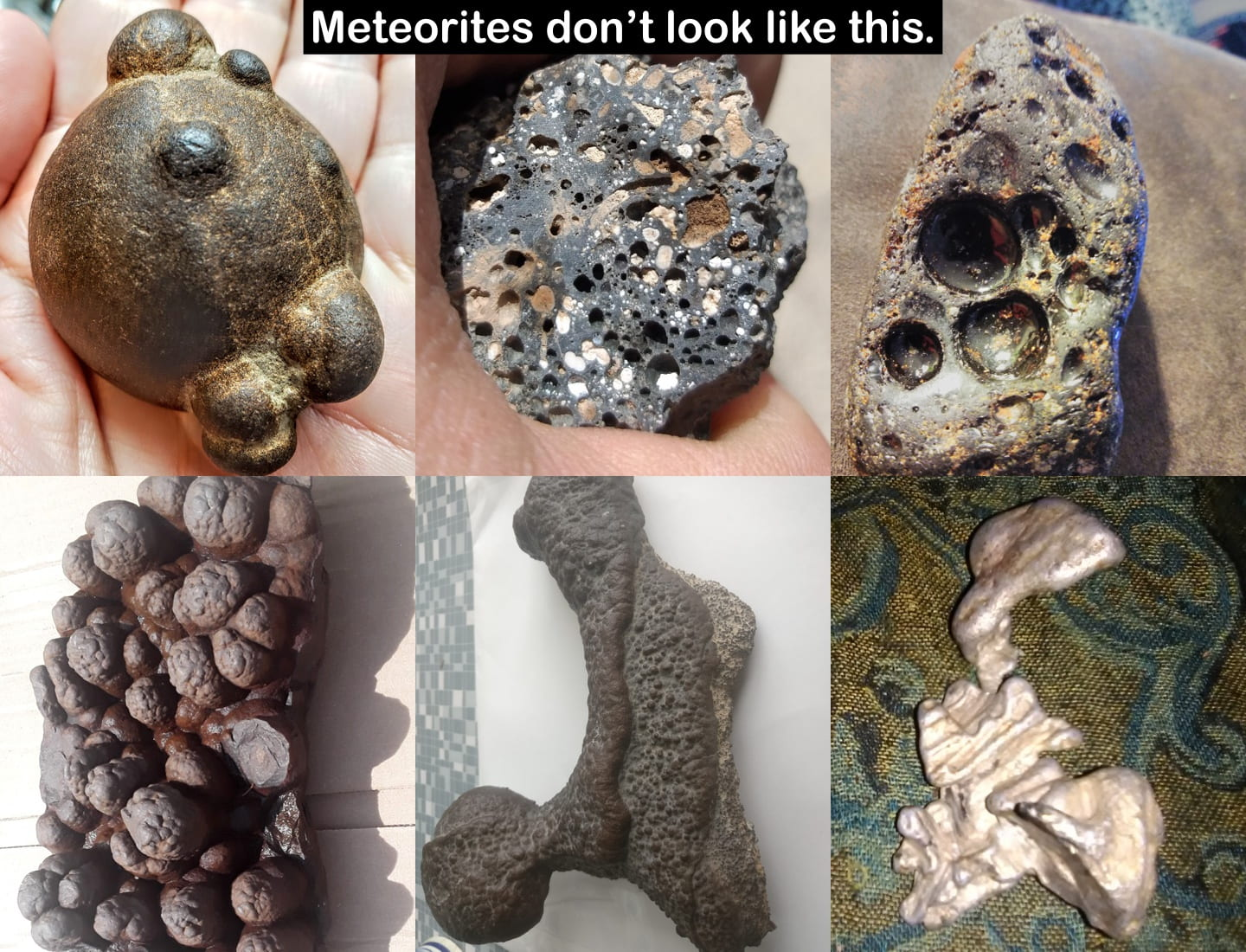Overview
Meteorites are solid interplanetary material, smaller than asteroids and planets, that have survived atmospheric passage and fallen to Earth's surface. Charles Upham Shepard, a professor at South Carolina Medical College in Charleston became the state’s first known meteorite expert. Shepard started his personal meteorite record in 1843 with the Bishopville Meteorite. Today, South Carolina claims only six known meteorites (out of 1,926 in the United States, according to The Meteoritical Society database).
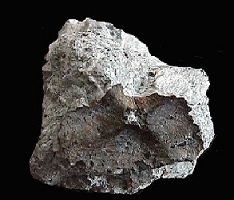
Bishopville (Aubrite)
Photo Credit: Jay Piatek with The Meteoritical Society
Known SC Meteorites
Locations seen on the map above are not exact.
| Year | Location | Type |
|---|---|---|
| 1843 | Bishopville, SC | Achondrite |
| 1844 | Ruff's Mountain, Newberry County | Octahedrite |
| 1849 | Chesterville, SC | Ataxite |
| 1857 | Laurens County | Octahedrite |
| 1880 | Lexington County | Octahedrite |
| 1933 | Cherokee Springs, SC | Chondrite |
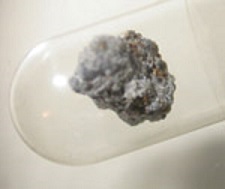
Cherokee Springs (Chondrite)
Photo Credit: Don Edwards with The Meteoritical Society
Identifying Meteorites
Meteorites are amid the rarest of materials found on our planet, even more rare than gold, diamonds and other precious minerals. This means that the chances of discovering a meteorite and even further, a new example, is extremely miniscule, but not impossible.
Here are some quick tests to conduct to see if the rock is a meteorite:
1) The Magnetic Test
Meteorites come in three basic styles; iron, stony and stony-iron. The majority of all specimens to date have high iron or nickel content, which means that a strong magnet will attach itself to the rock. Iron and stony-iron meteorites have been known to establish such a strong connection with magnets that it is difficult to separate the two. Stony meteorites, while not as iron/nickel rich as the other types, still have enough magnetism for a strong magnet to attach. It is important to remember that many rocks on Earth have magnetism similar to that described above and in some rare cases meteorites from the Moon and Mars have shown no magnetism at all, therefore more testing should be conducted.
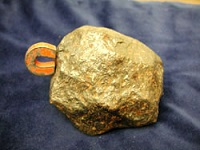
Meteorite with a Strong Magnet
Photo credit: David Draper
2) The Weight Test
Meteorites are incredibly dense due to their high iron composition. Iron has a very high density, meaning a small amount of it weighs more than it looks like it should. A good measure for determining if the rock is a meteor is to compare an Earth rock of similar size and compare weights; the prospective meteor should be much heavier.
3) The Exterior Test
When a meteor descends through Earth’s atmosphere, an exceptional amount of heat is applied to it by our atmosphere. This will cause the surface of the meteor to melt and actually burn, forming a dark shell-like substance called fusion crust. Earth rocks cannot develop this feature. Other exterior features can include regmaglypts, small oval-shaped indentions similar to those made with a thumb in clay and flow lines, tiny rivulets of the melted meteor surface that have run along the exterior; they can be thinner than human hair so a magnifying glass may be needed. Identification of meteorites can also be ascertained by cutting off a corner or side of the rock to expose a fresh surface; if small metal flakes can be seen or the inside is completely shiny and metallic then it is a meteorite.
What makes it NOT a Meteorite?
The odds of finding a meteorite are incredibly small, approximately the same as getting hit by one, and that’s even if you see the object fall from the sky. To put the matter into more perspective, less than 2000 meteorites have been found in the United States over the last two centuries, so unfortunately, what you have found is probably not a meteorite. Just to be sure, follow these steps:
- Apply the 3 tests described in the Identifying Meteorites section. If the rock does NOT meet the criteria needed to pass each test, it is NOT a meteorite. Meteorites from the Moon and Mars have been known to not show magnetism, but these meteorites are the rarest of all so, chances are very small.
- If the suspected rock contains any terrestrial (Earth) material like quartz, calcite or any other Earth minerals, it is NOT a meteorite.
- Does the suspected rock exhibit tiny pinprick holes or what appear to be gas bubbles or gas bubble impressions? If so, these are known as vesicles, they occur as gas escapes cooling molten material and are most closely associated with volcanic rocks or industrial slag. The presence of these holes means it is NOT a meteorite.
- Look at pictures of proven meteorites and research meteorite probabilities. If the suspected rock does not fit the profile, then it is NOT a meteorite.
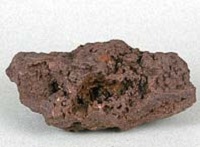
Fake This is a terrestrial rock. Note the vesicles (holes caused by escaping gas). Meteorites do not have vesicles.
Photo Credit: Geoffrey Notkin
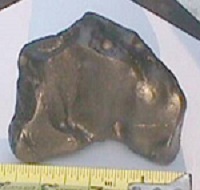
Fake Slag is commonly mis-identified as Meteorite. Slag is a man-made metallic by-product, produced by runoff from smelters.
Photo Credit: Ken Newton
While the prospects of finding a meteorite seem bleak, do not give up hope and always maintain a healthy curiosity about the world around you, the odds might just be in your favor.
If you think you have found a meteorite, email us at scgs@dnr.sc.gov.
Quick Links
- Washington University in St. Louis - Meteorite Information
- Smithsonian - Meteorite Gallery
- Meterorite.org - Learn about meteorites
- Oxford University Museum of Natural History - Meteorite Information
- Aerolite Meteorites, Inc - A Comprehensive Guide to Meteorite Identification
- Smithsonian - Asteroids and Meteorites Education Tools
